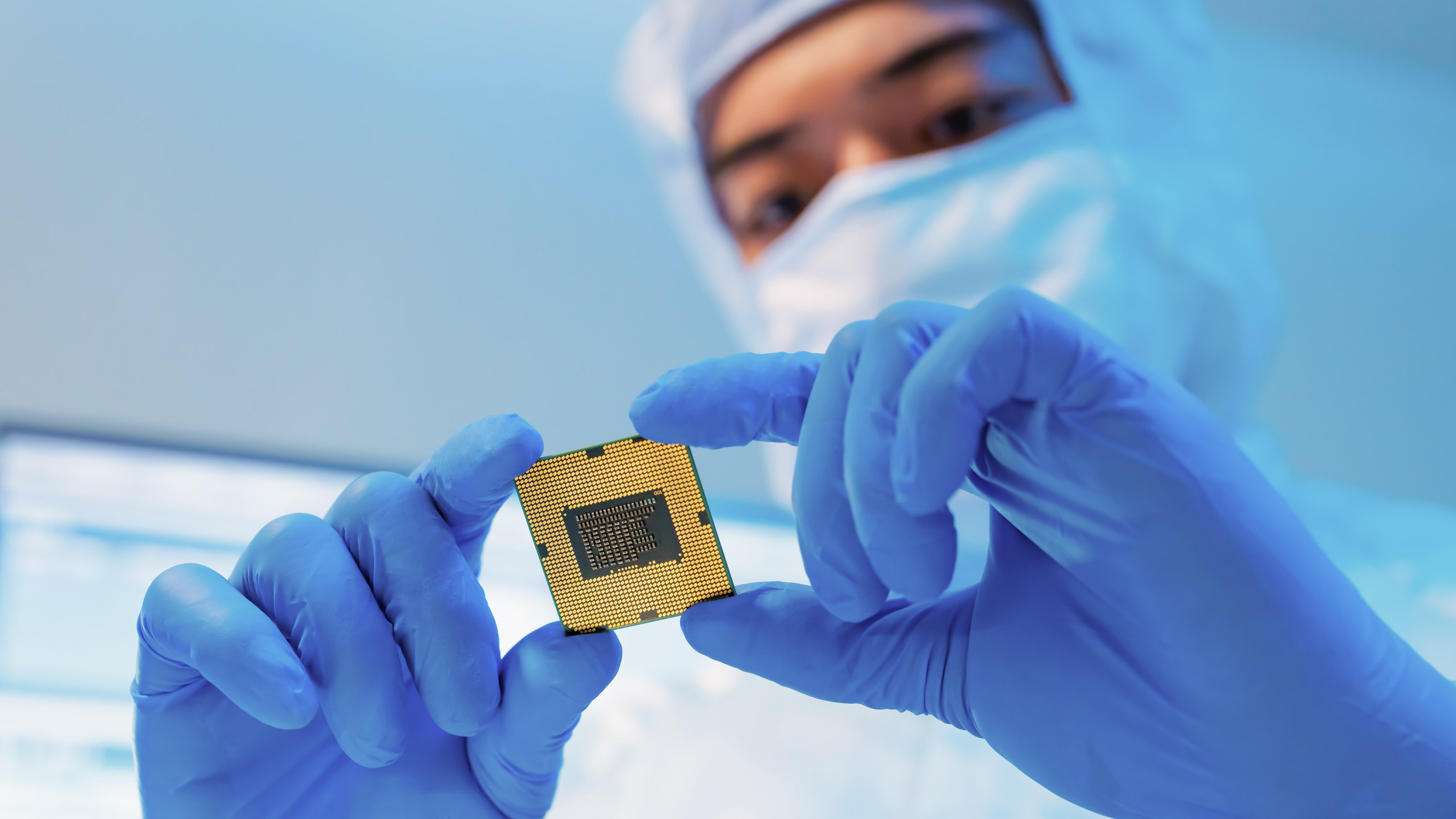Global Tech Supply Chain Vulnerable as China Wields Chipmaking Material Dominance
In an era where technology reigns supreme and innovation fuels global progress, the world has found itself walking a precarious tightrope, and the stakes are high. Just over a month ago, China sent shockwaves through the global market when it announced its intention to restrict exports of germanium and gallium, two essential materials for semiconductor production. In a swift and chilling move, China‘s overseas shipments of these critical materials plummeted to zero. This bold maneuver serves as a stark reminder that China wields a formidable weapon in the escalating global trade war over the future of technology.
These restrictions were a direct response to similar measures taken by the United States, Europe, and Japan, which had restricted sales of chips and chipmaking equipment to China, effectively cutting off its access to key technology that could be employed for military purposes. Xiaomeng Lu, Director for Geotechnology at Eurasia Group, cautions that while it is still too early to gauge the full extent of these restrictions, the potential consequences could be dire. “If China ends up blocking a large amount of exports,” she warns, “it will cause a disruption in the supply chain for the immediate consumers.”
What makes these restrictions particularly troubling is that China enjoys a near-monopoly on the production of both germanium and gallium. According to the US Geological Survey (USGS), in the previous year, China accounted for a staggering 98% of global gallium production and 68% of refined germanium production. While alternatives do exist for the United States and its allies, establishing an independent supply chain for gallium and germanium processing would necessitate an astronomical investment of over $20 billion and could take several years to develop.
Marina Zhang, an Associate Professor at the University of Technology Sydney, emphasizes the challenges involved, stating that “refining technologies and facilities for processing gallium and germanium cannot be built overnight, particularly considering the environmental implications of their extraction and mining.” However, the absence of alternatives leaves the global semiconductor, defense, electric vehicle, and communications industries, each worth hundreds of billions of dollars, hanging precariously on the precipice.

The Dominance of China:
For over a decade, China has maintained a stranglehold on the production of germanium and gallium. Gallium, a soft, silvery metal easily cut with a knife, is commonly used to produce compounds that make radio frequency chips for mobile phones and satellite communication. On the other hand, germanium, a hard, grayish-white and brittle metalloid, plays a crucial role in the production of optical fibers used to transmit light and electronic data.
What’s important to note is that neither of these materials exists in isolation in nature; they are typically formed as byproducts of mining more common metals like aluminum, zinc, and copper. Their processing is not only costly but also technically challenging, energy-intensive, and environmentally polluting.
Ewa Manthey, a commodities strategist at ING Group, explains that China’s dominance in the production of these materials is not due to their rarity but rather because the country has been able to keep production costs low and competitive, which manufacturers elsewhere have struggled to match. From 2005 to 2015, China’s production of low-purity gallium skyrocketed from 22 metric tons to 444 metric tons, as reported by the Center for Strategic and International Studies in Washington. This surge in production can be attributed to China’s leading position in the aluminum industry, which allowed it to establish a dominant share of global gallium production.
Furthermore, China’s strategic policies have played a pivotal role in bolstering production. One such policy mandated that the country’s aluminum producers create the capacity to extract gallium, a move that effectively made manufacturing gallium economically nonviable outside of China over the past decade. Between 2013 and 2016, countries like Kazakhstan, Hungary, and Germany ceased primary production of gallium, although Germany announced plans to restart production in 2021 due to rising prices.

Alternatives and Future Prospects:
While China’s dominance in germanium and gallium production presents a formidable challenge, there are alternative suppliers in the market. According to the US Geological Survey, Russia, Japan, and South Korea produced a combined 1.8% of global gallium in 2022. For germanium, Canada’s Teck Resources stands as one of the world’s largest producers, and the American company Indium Corporation is a top global manufacturer of germanium compounds and alloys. Moreover, Canada’s 5NPlus and Belgium’s Umicore produce both of these essential elements.
However, the journey to diversify sources of supply is neither swift nor straightforward. “It would take time to bring online alternative sources of supply,” warns Chris Miller, author of “Chip War” and an economic historian. While global mining companies have signaled their intent to enter the germanium and gallium market should China tighten its grip, this transition will be far from instantaneous.
In a notable development, Russia’s state-owned conglomerate Rostec has expressed readiness to increase germanium production for domestic use following China’s export curbs. Similarly, Netherlands-based Nyrstar is exploring potential germanium and gallium projects in Australia, Europe, and the United States.
Another potential solution to this looming crisis is recycling. In recent years, the US Defense Logistics Agency introduced a program to recycle optical-grade germanium used in weapon systems. “Factory floor scrap has already accounted for a source of supply. Germanium scrap is also recovered from decommissioned tanks and other military vehicles,” notes Xiaomeng Lu from Eurasia Group.

The Impact on Prices and Market Dynamics:
The initial consequence of China’s export restrictions on germanium and gallium is expected to be rising prices. Ewa Manthey states that gallium prices stood at 1,965 yuan ($269) per metric ton in August, representing an increase of more than 17% since June. Germanium prices experienced a more modest 3% rise during the same period. These escalating prices are likely to intensify competition by making production more cost-competitive in countries like Japan, Canada, and the United States, ultimately reducing China’s dominance in both markets. However, this transition will take time and necessitate the development of processing plants and realignment of global supply chains.
In the face of this imminent challenge, the world must adapt and find solutions to safeguard the tech supply chain. While the road ahead is fraught with obstacles, the global community must collectively strategize to secure access to these vital materials and reduce dependence on a single source. As nations explore alternative suppliers, invest in recycling programs, and develop independent processing facilities, they can hope to mitigate the risks posed by China’s dominance in germanium and gallium production. The world’s technological progress hinges on these efforts, making the pursuit of solutions all the more urgent.



